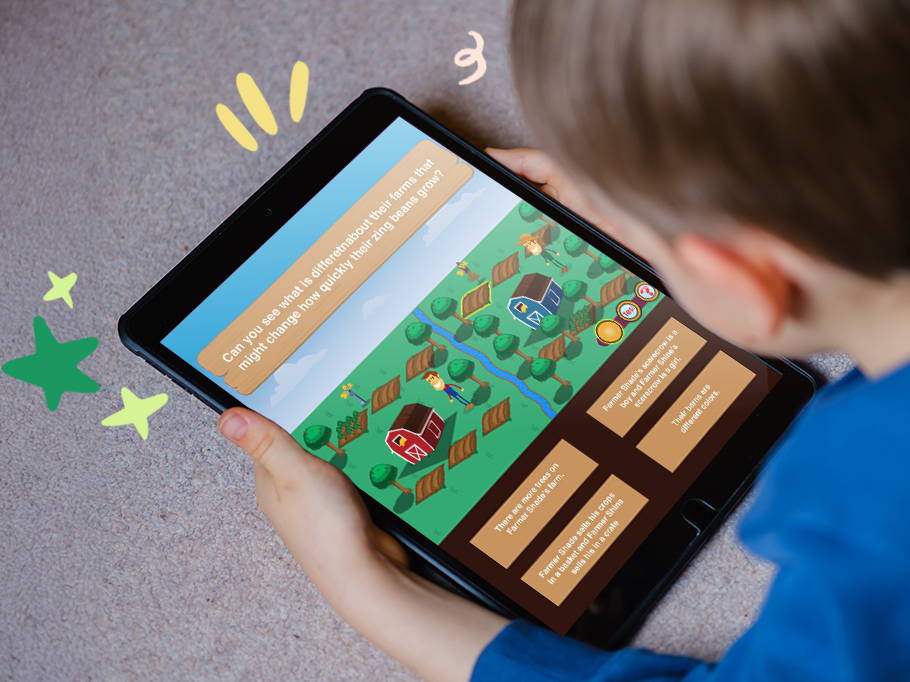
Welcome to homeschooling
Explore more
Lessons that grow with them

Preschool Curriculum $29.95

Kindergarten Curriculum $29.95

First Grade Curriculum $29.95

Second Grade Curriculum $29.95

Third Grade Curriculum $29.95

Fourth Grade Curriculum $29.95

Fifth Grade Curriculum $29.95

Sixth Grade Curriculum $39.95

Seventh Grade Curriculum $39.95

Eighth Grade Curriculum $39.95

Ninth Grade Curriculum $39.95

Tenth Grade Curriculum $39.95

Eleventh Grade Curriculum $39.95

Twelfth Grade Curriculum $39.95



